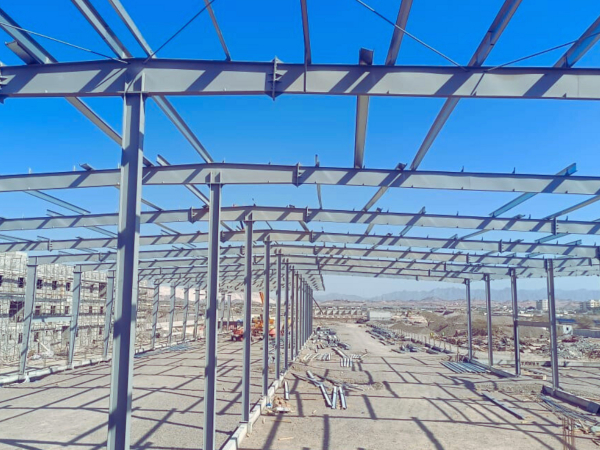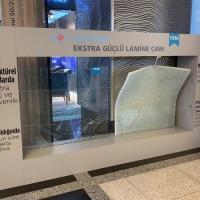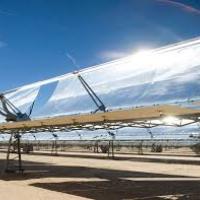Date: 22 January 2007
With parabolic trough receivers, the mirror segments are shaped parabolically and form troughs of up to 400 meters in length. The longitudinal axis of the troughs follows the position of the sun and focuses the incident light onto the caustic line of the mirrors as much as 80 times onto absorber tubes made of stainless steel. These are vacuum-sealed by a glass cover and commonly referred to as receivers.
The cover tube of the receiver manufactured by SCHOTT contains an abrasion-proof anti-reflection layer that permits up to 96 percent of solar radiation to penetrate. A coating consisting of a ceramic-metallic composite material on the surface of the absorber tube sees to it that 95 percent of the radiation is absorbed and a maximum of 14 percent heat is radiated. A special fluid that heats up to as high as 400 degrees Celsius flows through the four meter long receivers that are joined together. A heat exchanger then enables this hot fluid to generate steam. As in a conventional power plant, the steam enters into the turbine under pressure and this, in turn, drives the generator. Excess heat can be stored so that more steam can be generated later on. As this illustrates, power can be generated around the clock, without having to rely on burning fossil fuels.


















Add new comment